Not to cause controversy, but did you know that the ‘official’ colour of Ireland is NOT green?
While her songs sing of the 40 shades, while her people are draped in greenery on Saint Patrick’s Day each year, it is blue, not green that colours Ireland officially.
The official colour for Ireland is more of a royal blue or azure colour.

Sure, we can say the national colour is certainly green and there are historical and cultural reasons for associating green with Ireland, but think of Ireland’s Constitution (the typical small version that’s generally available); think about the Presidential Seal of Ireland. What colour are they? Blue, not green.
Apparently, the colour blue came to have an association with Saint Patrick from the 1780s, when it was adopted as the colour of the Anglo-Irish Order of St Patrick, but the association of blue + Ireland is even earlier, Flaitheas Éireann, the embodiment of Irish sovereignty in mythological times (Ireland’s equivalent of Uncle Sam), wore blue. This also relates to colonial times. Look at the seal of the British Royal’s Coat of Arms and you will see the Irish harp (still) emblazoned on a bed of azure blue.
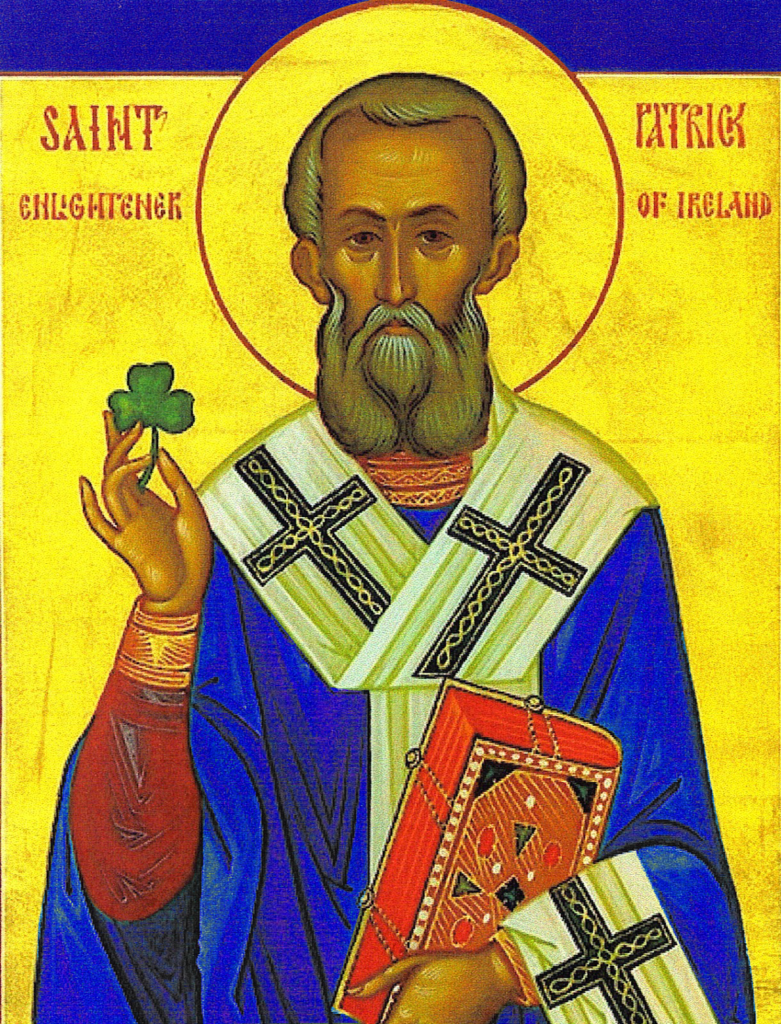
So, why Green?
Well, apart from the fact that the island is full of luscious green shades colouring her rolling landscapes – so much so that Ireland is called the Emerald Isle – green came to be the colour associated with Irish Nationalism, particularly around the time of the 1798 rebellion of the Society of United Irishmen. Later, “The Irish Americans would wear the green as a reminder that they were nationalists first and foremost,” explains Witt.
It may be because of the colonial associations with the blue colour that encouraged Irish nationalists of the day to use their own: Irish green.
This ‘green nationalism’ is reflected in the Irish flag today. Green, White, and Orange. It symbolises an aspiration, a future hope for peace (white) between the green (Irish nationalist) and the orange (Ulster unionists).

But this leaves a burning question.
Why still use blue today for official Ireland if it is connected to colonialism and Ireland apparently secured her sovereignty; why not a green constitution and presidential seal?
- From Bronze Age to Battlefields: The Curious Evolution of Irish Swords
- Interactive Map of Irish Legends, Folklore, and Mythology
- The Lost World of Doggerland: A Sunken Bridge to Europe’s Prehistoric Past?
- The Irish Wolfhound: A Majestic Breed Steeped in History and Legend
- How Ireland Came To Be Named After A Goddess: The Story of the Milesians Arrival at the Hill of Uisneach
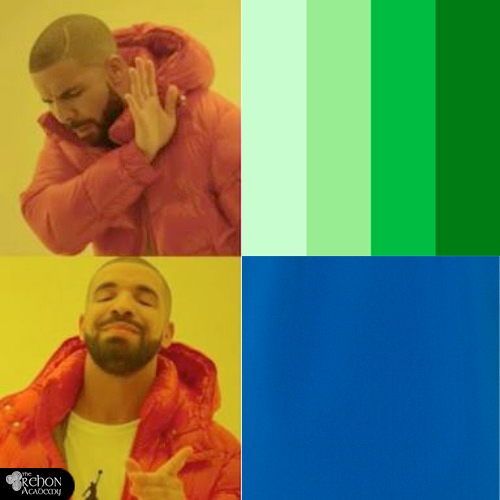
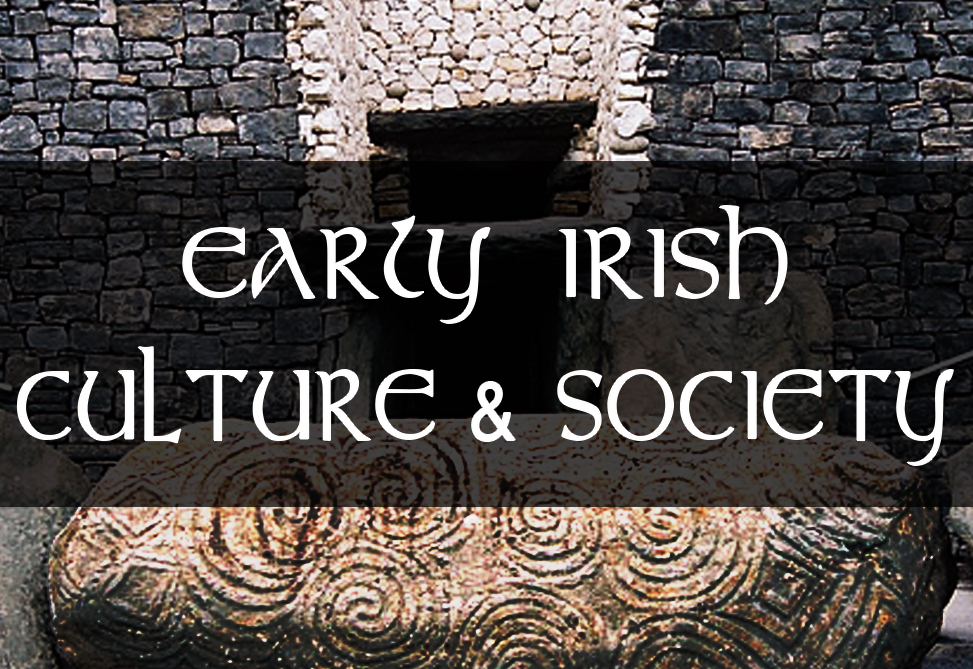
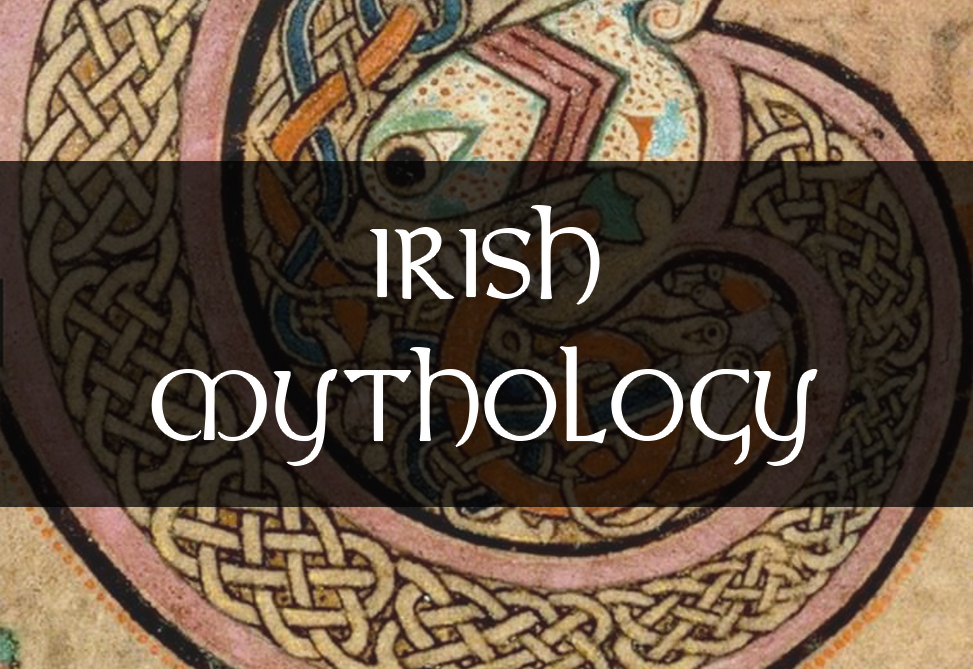
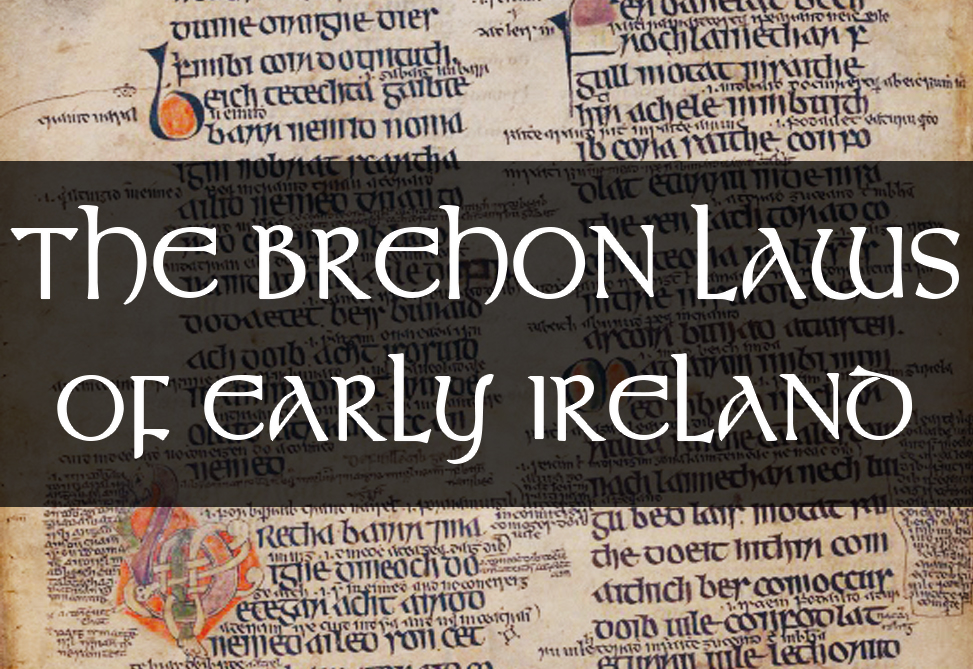
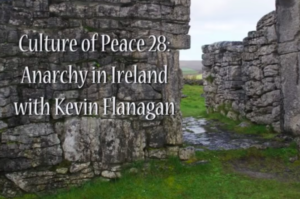
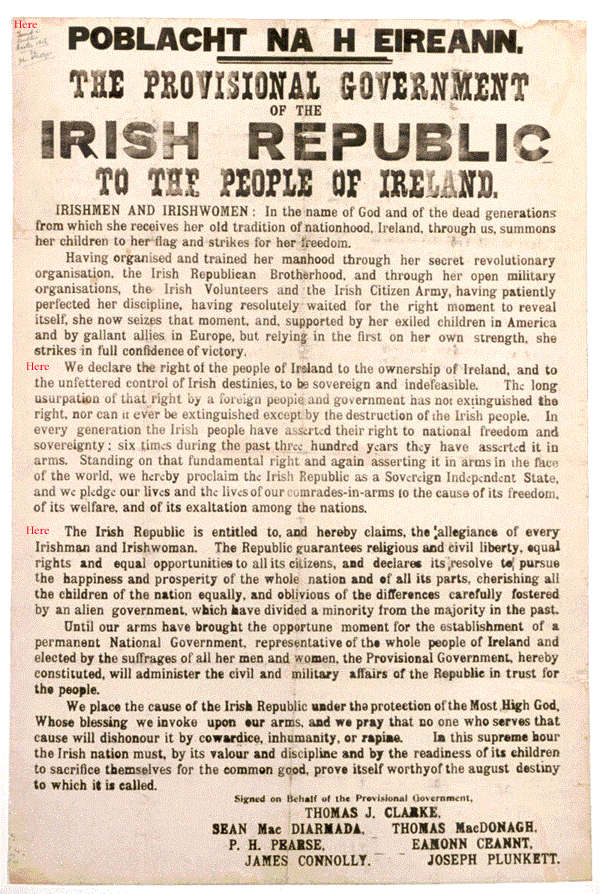
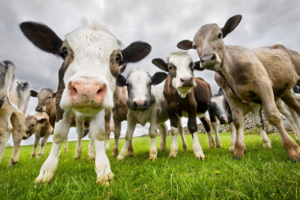
Pingback: 30+ Facts About Saint Patrick's Day And Interesting Information
Pingback: St Patrick – The Man, The Myth and The Magic – Echostains Blog